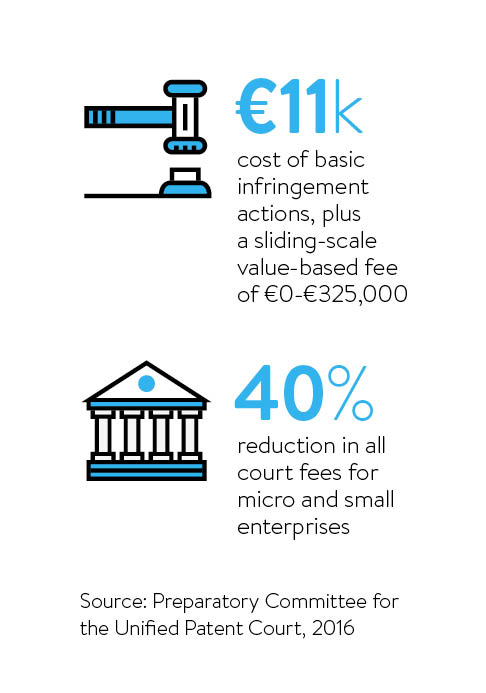Intellectual property is an area of the law that is international by nature. Since IP rights are intangible, they cannot be restricted by borders. Many trademarks have earned international renown.
Patents are territorial rights protecting inventions in selected countries and they are often chosen strategically in order to achieve almost global coverage.

Wouter Pors, Partner, head of Netherlands IP group
Recent shifts towards a more unified patent protection system are creating fresh momentum. In order to understand their magnitude it’s important first to reflect upon the effect of changes up to this point.
The initial efforts aimed at harmonisation of national IP laws really did not create substantive law at a supranational level. But an important step was made with the European Patent Convention of 1973, which created a law on the validity of patents, but not on the scope of protection.
The substantive change was the creation of uniform European Union rights, such as the EU Trade Mark, the Community Design Right and the Community Plant Variety Right. For these rights, both validity and scope of protection were taken to the supranational level.
But this left a major downside. All these rights still have to be enforced through national courts. Due to the case law of the Court of Justice of the European Union, Europewide decisions on patents are only available in exceptional cases.
Worse still, though EU-wide judgments are available for uniform rights and most cases are handled by the more experienced courts, they may also be granted by inexperienced national courts that hardly ever handle IP issues. Uniform application is also far from guaranteed.
The Unified Patent Court will have its own supranational substantive and procedural law, and will finally create uniformity in patent protection for Europe
Numerous efforts have been made to solve this, and to create a supranational patent court that would handle infringement and validity in first instance and on appeal.
This only became a feasible reality with the decision to start with a number of EU member states that were prepared to do this through enhanced co-operation within the EU framework, meaning the new court would not be an EU institution. Their numbers rapidly grew, which resulted in the signing of the Unified Patent Court Agreement in February 2013.
The Unified Patent Court (UPC) is being set up as a co-operation of 25 out of 28 EU member states, with divisions in at least 14 cities across Europe. It will predominantly consist of experienced patent judges who will sit on multinational panels. It will have its own procedural law, developed by an expert group of patent judges and litigators.
This is the revolution. The UPC, scheduled to open for business in spring 2017, will have its own supranational substantive and procedural law, and will finally create uniformity in patent protection for Europe.
At the same time, a unitary patent is being created, which will be a uniform right for the 25 countries, based on the normal prosecution of a European patent application by the European Patent Office. This combined system may well create an additional boost for innovation in Europe.

This, of course, raises the question of what the next step will be. It would seem logical to create a similar system for the enforcement of the EU uniform IP rights and indeed the first discussions are now being started.
A good way to achieve this would be to expand the jurisdiction of the UPC to these EU rights, benefiting from the extensive experience and wide support that has been accumulated.
The best solution would be to bring this to a truly EU level, which would require that the three last member states – Croatia, Poland and Spain – also join. The UPC experience shows that setting up such a system can happen within five years once the commitment is there.
This is an exciting prospect, which will further increase the value of IP rights. Obviously, IP rights owners should stay informed and get involved in the changes.
For more information please visit www.twobirds.com


